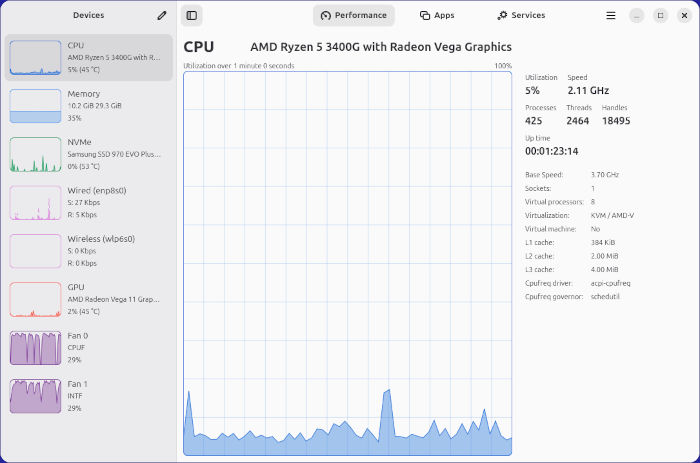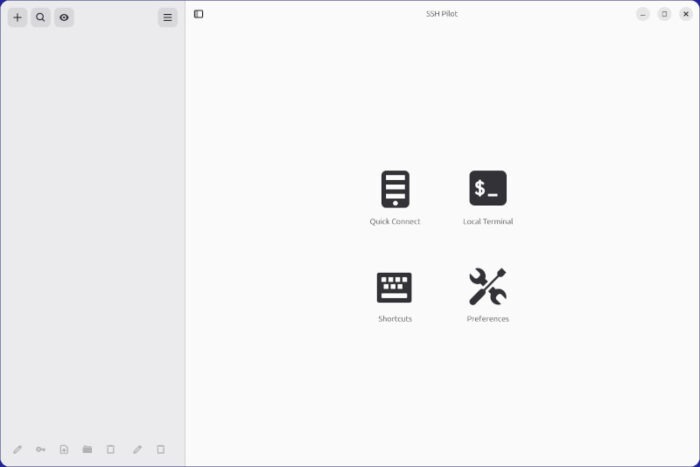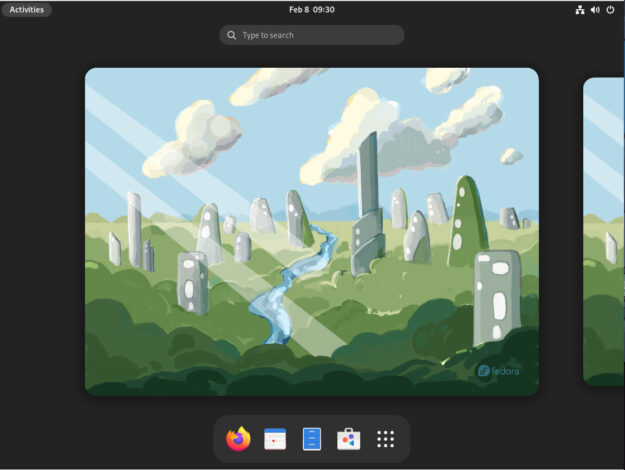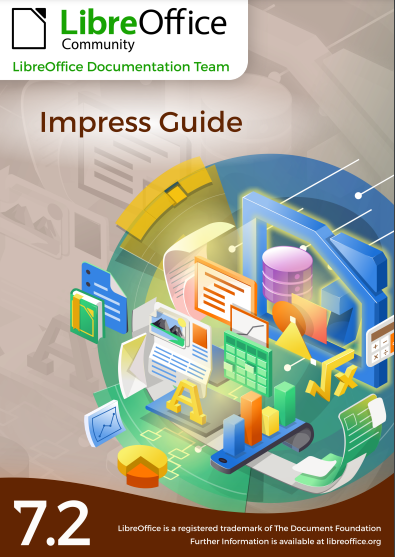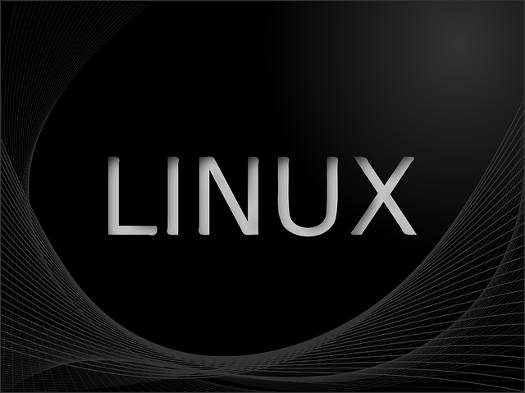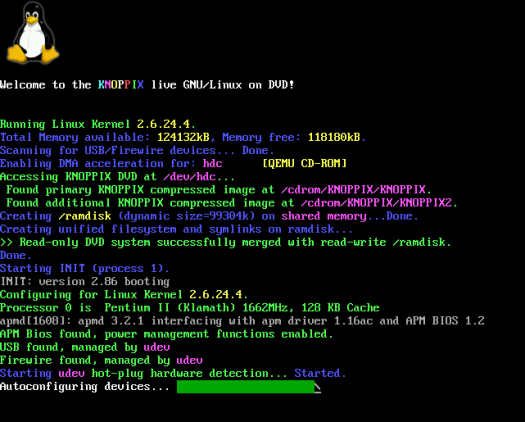Mission-Center offers a single interface for tracking resource usage and managing processes and services, making routine system checks easier from the desktop.
Posts published in “Tutorial”
FTP's simplicity came with security risks; SSH Pilot offers a familiar workflow for secure shell management and encrypted file transfers -- without sacrificing security.
The Gnome desktop is an excellent choice for new users, although it offers a user experience that's a little different than the traditional desktop experience. This guide will demystify Gnome, which is essentially an easy-to-use desktop.
Electronic versions of LibreOffice's guides are available as free downloads, or print-on-demand versions through Lulu.
The Screening Room
One of the great joys of open source is that it can unite geographically dispersed people to work together on software and other projects. This often happens asynchronously, via email and other tools. However, sometimes there are real benefits to having a live meeting. When that happens, keeping track of people’s availability in different time zones becomes a challenge.
For the past 10 years, Phil has been working at a public library in the Washington D.C.-area, helping youth and adults use the 28 public Linux stations the library offers seven days a week. He also writes for MAKE magazine, Opensource.com and TechSoup Libraries. Suggest videos by contacting Phil on Twitter or at pshapiro@his.com.
Open source is about much more than free (as in beer and speech) software and hardware designs. It’s being harnessed to do things like bring free or affordable health care to undeveloped nations, and as the underpinning for free education.
The Screening Room
Collaborative teaching and learning can theoretically occur via a text wiki, but SlideWiki looks like it goes far beyond text wikis. This Google Hangout explains the rich feature set of SlideWiki, including machine translated versions of your digital presentations.
For the past 10 years, Phil has been working at a public library in the Washington D.C.-area, helping youth and adults use the 28 public Linux stations the library offers seven days a week. He also writes for MAKE magazine, Opensource.com and TechSoup Libraries. Suggest videos by contacting Phil on Twitter or at pshapiro@his.com.
Before using BeansBooks, be sure to take a look at its “open code” license, which is a free software license but incompatible with the GPL and all GPL compatible licenses, whether “copyleft” or “permissive.”
The Screening Room
Open software often reduces the barrier to entry for small businesses. FOSS fans might well have heard of personal and small-business accounting software GnuCash, which is taught in the Penn Manor School District in Lancaster, Pennsylvania and described in Charlie Reisinger’s book The Open Schoolhouse. Less well known is BeanBooks, an “open code” SaaS accounting program created by the well-known folks at System76, which came onto my radar just recently. This screencast review of the software does a good job showing you its features.
For the past 10 years, Phil has been working at a public library in the Washington D.C.-area, helping youth and adults use the 28 public Linux stations the library offers seven days a week. He also writes for MAKE magazine, Opensource.com and TechSoup Libraries. Suggest videos by contacting Phil on Twitter or at pshapiro@his.com.
If your young child is showing an interest in learning computers, an introduction to Scratch and these instructional videos by Al Sweigart might be in order.
The Screening Room

Talented book author Al Sweigart is a name familiar to many in the FOSS community. He writes books for kids and for adults — including the recently released Scratch Playground. Scratch is a free visual programming language developed at MIT Media Lab as an introduction to computer programming.
His zeal and talent for explaining is remarkable. I’ve been enjoying the “60 Second Scratch” screencasts (explanatory videos) he has been uploading to YouTube in the past two weeks. For example, check out this little gem:
For the past 10 years, Phil has been working at a public library in the Washington D.C.-area, helping youth and adults use the 28 public Linux stations the library offers seven days a week. He also writes for MAKE magazine, Opensource.com and TechSoup Libraries. Suggest videos by contacting Phil on Twitter or at pshapiro@his.com.

